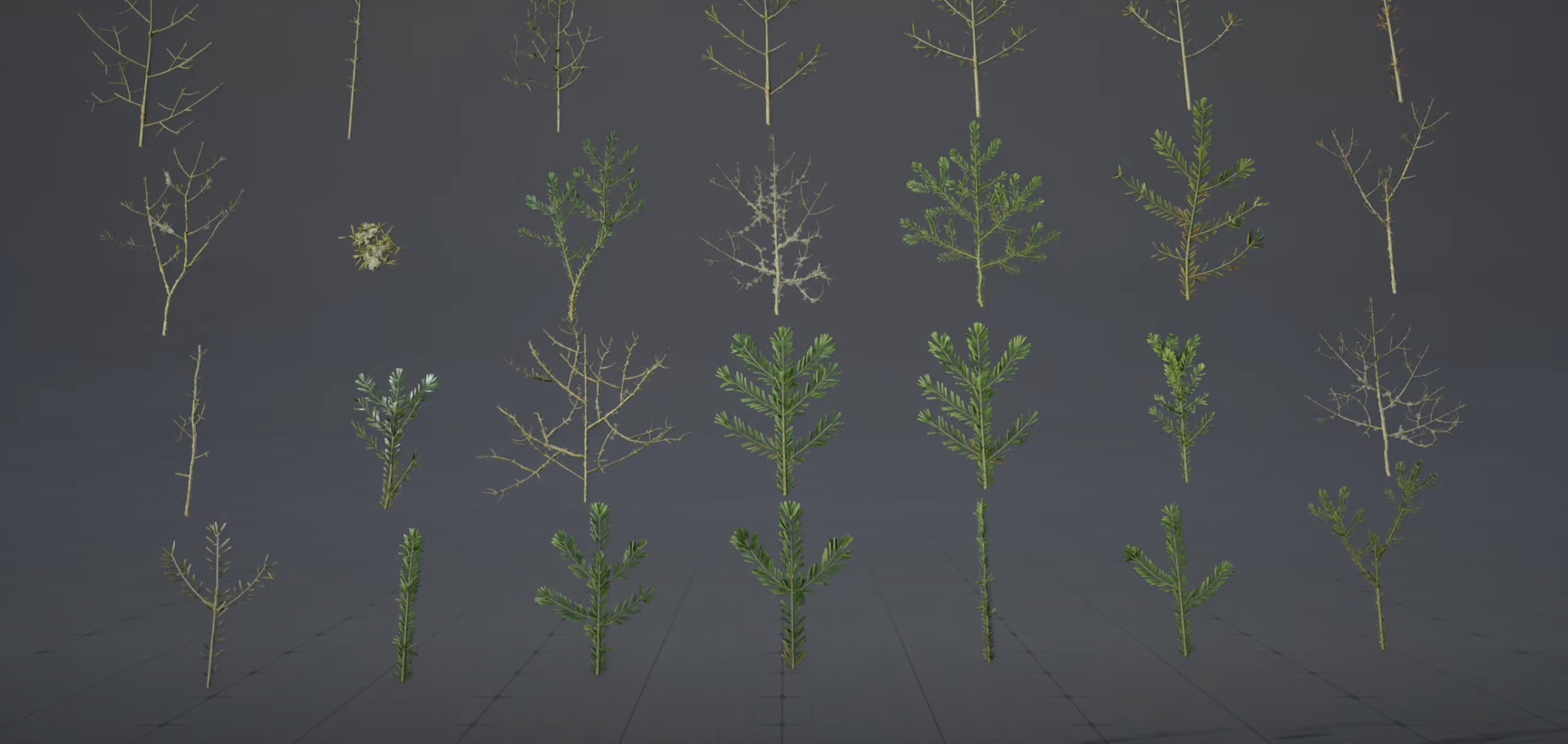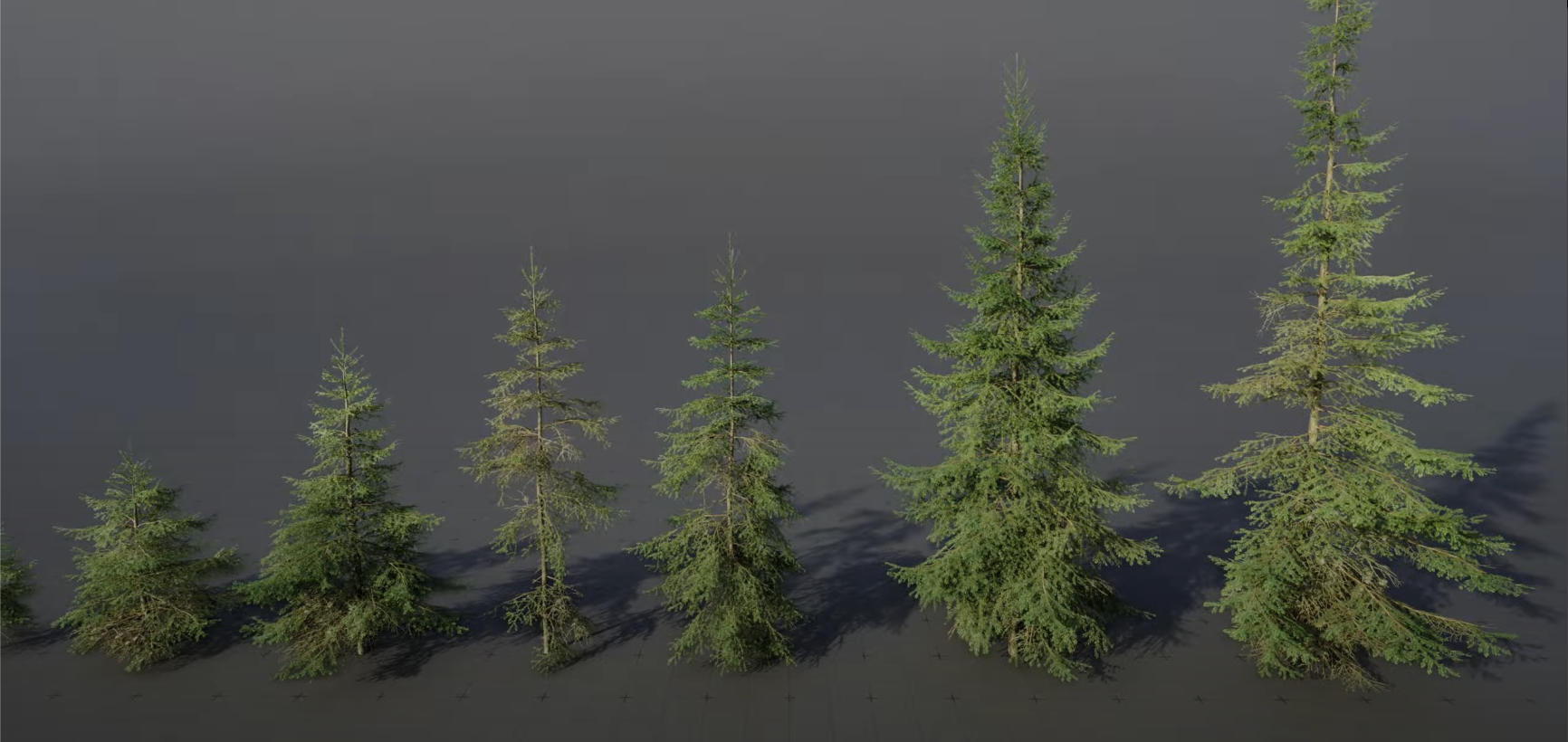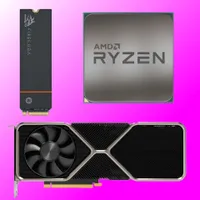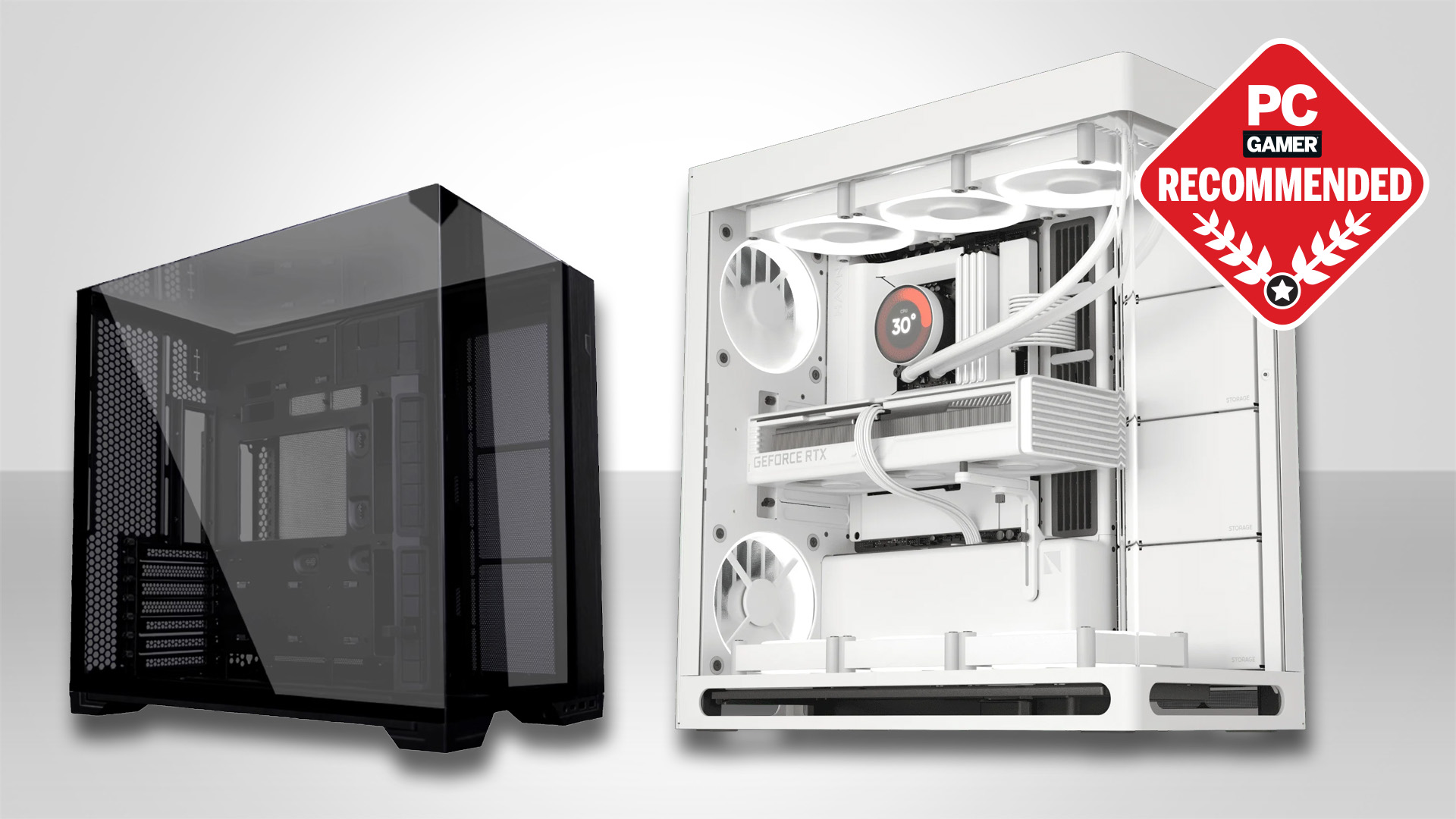The 'main goal' for Epic Games' new Unreal 5.6 engine is more performance on the PS5 and that should be good news for gaming on affordable PC hardware
A game designed to run fast on PS5 should absolutely fly on modest PC hardware.

Epic Games has been showing off its latest Unreal 5.6 game engine. While it's full of technical innovations and new graphical and physics features, the main takeaway is that the latest version of arguably the most important video game engine is all about performance.
Indeed, Epic's Senior Director of Framework Engineering Julien Marchand says the "main goal" for Unreal 5.6 is performance. After showcasing a new open world Witcher 4 demo from CD Projekt Red, which we'll be covering in detail later today, Marchand said, "an open world like that was just the perfect content to focus on our main goal for the release, which was performance. We want the engine to scale to large and rich worlds, we want to preserve graphics quality, and of course we want to deliver high frame rates that you and your players expect."
Epic showed the Witcher 4 demo running on plain old Sony PS5 hardware, not even the new PS5 Pro, at a claimed 60 fps and with ray tracing enabled. The render resolution wasn't mentioned, but the visuals, including dense foliage, animal hair and muscle animation, cloth physics and more looked pretty stunning.
Of course, the PS5's APU is pretty modest by modern gaming PC standards. So, anything that runs well on PS5 ought to fly on even pretty modest PC hardware.
Anyway, to get Unreal running faster, a number of optimizations and new features have been added. For starters, there's the new Nanite Foliage system, an adaptive voxel representation for creating foliage, trees and the like.



It works by replacing distant triangles with cubes that are smaller than individual pixels. According to Epic the new system is "super fast" to render and "allows artists to render whatever amount of foliage is needed to achieve their vision without compromise."
"The only way to render a forest that looks as good as this one is to use 3D geometry for all parts of the tree," Marchand said. The clever bit is that the entire forest is composed of just 28 modular tree parts, each instanced thousands of times and used as building blocks. The foliage system also supports skeletal animation that runs on the GPU.
Keep up to date with the most important stories and the best deals, as picked by the PC Gamer team.
The only catch here is that the new foliage system seen in the Witcher 4 demo isn't due to be available to the wider game dev community until the next Unreal 5.7 update. Pity.
Anyway, next up is a new animation framework. The idea here is to support loads of detailed, animated game characters. Epic showed a large crowd of "over 300 animated skeletal mesh agents, all going about their business" in the Witcher 4 demo while maintaining 60 fps and with performance "room to spare" in the main game thread.
Some universal performance optimizations have also been applied to Unreal's lighting engine. "Ray tracing and Lumen now run more than twice as fast, with no visual trade off compared to when Unreal Engine 5 was released," Marchand said, "and because of that we can now hit 60 fps on consoles."

Unreal's "Chaos" physics engine has also been given an overhaul. Improvements to Chaos Cloth mean that multiple fabrics and garments now interact faster and more accurately, while with "Chaos Flesh", Epic has introduced, "procedural muscle animations to make deformation and motion more natural."
Another neat detail is pre-baked fluid dynamics. "We now support baking of fluid surface data into light-weight assets to be played back at low cost. This is going to give you high fidelity water without the performance cost of real-time simulation," Marchand explained.
There's a whole bunch of other stuff, all aimed at getting a better visual and gameplay experience out of ye olde Playstation 5 hardware. And that's got to be a good thing for the PC.

The PS5 makes do with eight pretty ancient AMD Zen 2-spec CPU cores and 36 AMD RDNA 2 graphics CUs. The graphics CU count is slightly more than the 32 CUs of the AMD Radeon RX 6600 XT, which was a fairly low end PC GPU back at launch in 2021.
On paper, the new AMD Radeon RX 9060 XT has the same 32 CU count. But it's two generations newer and so has around 2.5 times the raw computational power of the 6600 XT for general rendering tasks, plus massively upgraded ray tracing hardware.
In short, the likes of the RX 9060 XT should make mincemeat of anything that runs well on PS5 hardware. Of course, such on-paper assumptions don't always play out in practice, what with poorly optimized console ports. But it's certainly hard to watch the new Unreal 5.6 demo showcasing Witcher 4 and not come away both impressed and hopeful for what might be possible on sensible PC hardware very soon.
Best CPU for gaming: Top chips from Intel and AMD.
Best gaming motherboard: The right boards.
Best graphics card: Your perfect pixel-pusher awaits.
Best SSD for gaming: Get into the game first.

Jeremy has been writing about technology and PCs since the 90nm Netburst era (Google it!) and enjoys nothing more than a serious dissertation on the finer points of monitor input lag and overshoot followed by a forensic examination of advanced lithography. Or maybe he just likes machines that go “ping!” He also has a thing for tennis and cars.
You must confirm your public display name before commenting
Please logout and then login again, you will then be prompted to enter your display name.



